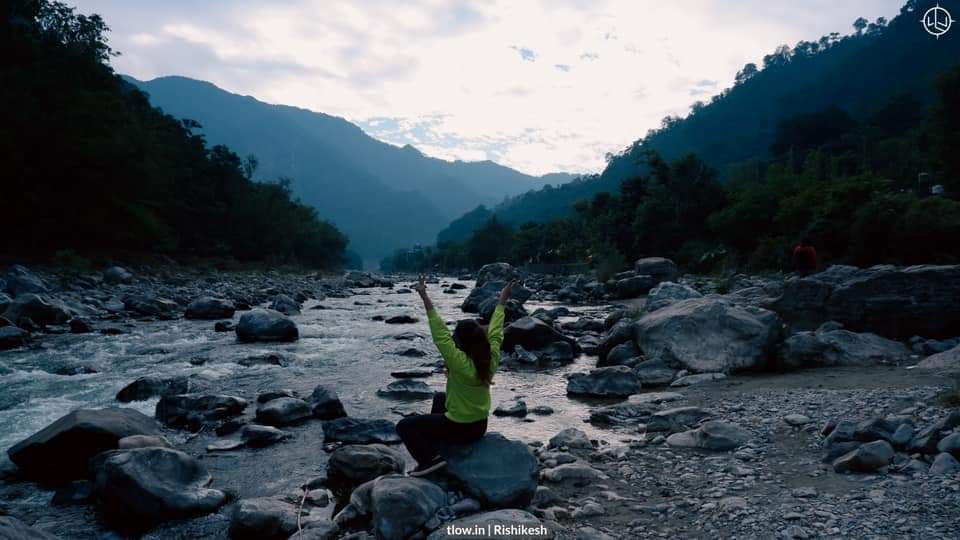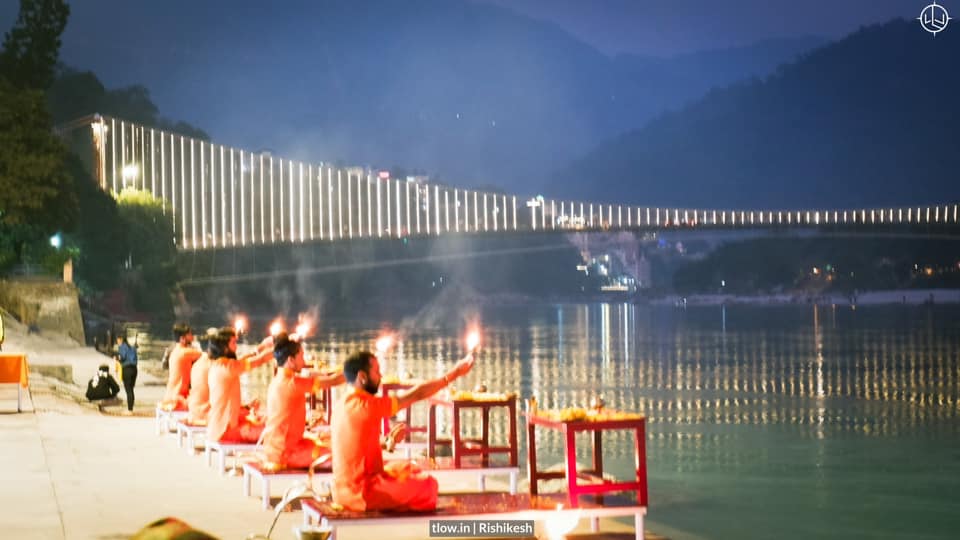
15 heavenly facts about River Ganga
The River Ganga, also known as the Ganges, is one of the most important and sacred rivers in India. Here are some key facts about the river:
Table of Contents
Ganga Length and location:
The Ganga is approximately 2,525 kilometers (1,569 miles) long, making it one of the longest rivers in India. It flows through northern India and passes through the states of Uttarakhand, Uttar Pradesh, Bihar, and West Bengal.
- The longest river in India and one of the holiest rivers in Hinduism is the Ganga, sometimes referred to as the Ganges.
- Its length is approximately 2,525 kilometres (1,569 miles), and it rises in the state of Uttarakhand from the Gangotri Glacier before passing through the states of West Bengal, Uttar Pradesh, Bihar, and Jharkhand before emptying into the Bay of Bengal.
Origin:
The river originates from the Gangotri Glacier in the Indian Himalayas, located in the state of Uttarakhand. It emerges as the Bhagirathi River from the glacier and later joins the Alaknanda River at Devprayag to form the River Ganga.
3. The River basin, which spans an area of around 1,080,000 square kilometres (417,000 square miles), is one of the biggest in the world.
Sacredness:

The river holds immense religious significance, particularly for Hindus. It is considered to be the personification of the goddess Ganga and is a revered and worshipped entity in Hinduism. Many pilgrims and devotees bathe in the river, believing that it can cleanse them of their sins and grant spiritual purification.
- It is regarded as the incarnation of the goddess Ganga and has great religious importance in Hindu mythology. Hindus believe that swimming in the river’s sacred waters may atone for sins and bring about redemption from the hereafter.
- Numerous ancient Hindu texts, including the Vedas, Mahabharata, and Ramayana, make reference to the River.
- It is thought that King Bhagiratha, who underwent arduous penance to bring the divine river to earth, caused the Ganga River to descend from heaven to earth in order to purify the ashes of his forefathers.
Cultural importance:
The Ganga has played a vital role in shaping the cultural heritage of the region. Many important cities such as Varanasi, Allahabad (Prayagraj), and Kolkata (formerly Calcutta) are situated along its banks and are centers of religious and cultural activities.
Biodiversity:
The Ganga is home to a diverse range of flora and fauna. It supports various aquatic species, including the Ganges river dolphin, which is an endangered species found only in the Ganga and Brahmaputra rivers. Additionally, the river supports a rich ecosystem of plants, fishes, birds, and reptiles.
7. Several endangered and well-known species, such as the Ganges river dolphin, Ganges river shark, and Ganges river turtle, may be found in the Ganga.
Economic significance:
The Ganga is a lifeline for millions of people in India, supporting agriculture, fishing, and transportation. The river’s fertile plains provide ample opportunities for agriculture, and the river serves as a major transportation route for goods and people.

Pollution concerns:
Despite its cultural and ecological importance, the Ganga also faces significant pollution challenges. Industrial waste, sewage discharge, and religious rituals (such as the immersion of idols and cremation ceremonies) contribute to the pollution of the river. The Indian government has launched initiatives to clean and conserve the river, but pollution remains a significant issue.
- The river provides water for drinking, agriculture, and industrial usage, acting as a lifeline for millions of people. However, industrial waste, sewage discharge, and religious practises all contribute to environmental problems in this area.
- On the banks of the Ganga River, Varanasi, sometimes referred to as Kashi, is one of the oldest continuously inhabited towns in the world. Millions of pilgrims visit here annually since it is one of Hinduism’s holiest towns.
- The Hindu deity Shiva, who is thought to have matted hair in which the Ganga River flows, is strongly tied with the river. Shiva’s hair is frequently used to represent the river as flowing.
- Every 12 years, on the banks of the Ganga River, the Kumbh Mela, the biggest religious gathering in the world, is held. During this auspicious occasion, millions of pilgrims congregate to wash in the river and seek blessings.
- The River is renowned for having a wide variety of wildlife. The river is home to several different fish species, notably the Hilsa, a delicacy in Bengali cooking.
- The Yamuna, Son, Gandak, and Kosi rivers are among the major tributaries that join the Ganga at various places throughout its length.
- In several locations, including Varanasi and Haridwar, the Ganga Aarti, a daily traditional devotional rite, is done on the banks of rivers. Prayers are said, hymns are sung, and oil lights are lit throughout the event, which attracts both devout and visitors with its mesmerising display.
- The Namami Gange programme, a major effort by the Indian government to clean and revitalise the Ganga River, has been initiated. The program’s main objectives are the preservation of the river’s environment, pollution reduction, and the promotion of sustainable wastewater management.
The River Ganga is more than just a geographical feature; it holds immense spiritual, cultural, and economic significance in India. Its purity, beauty, and religious importance make it integral to the country’s identity and way of life.
Text by Dhiraj Parmar











